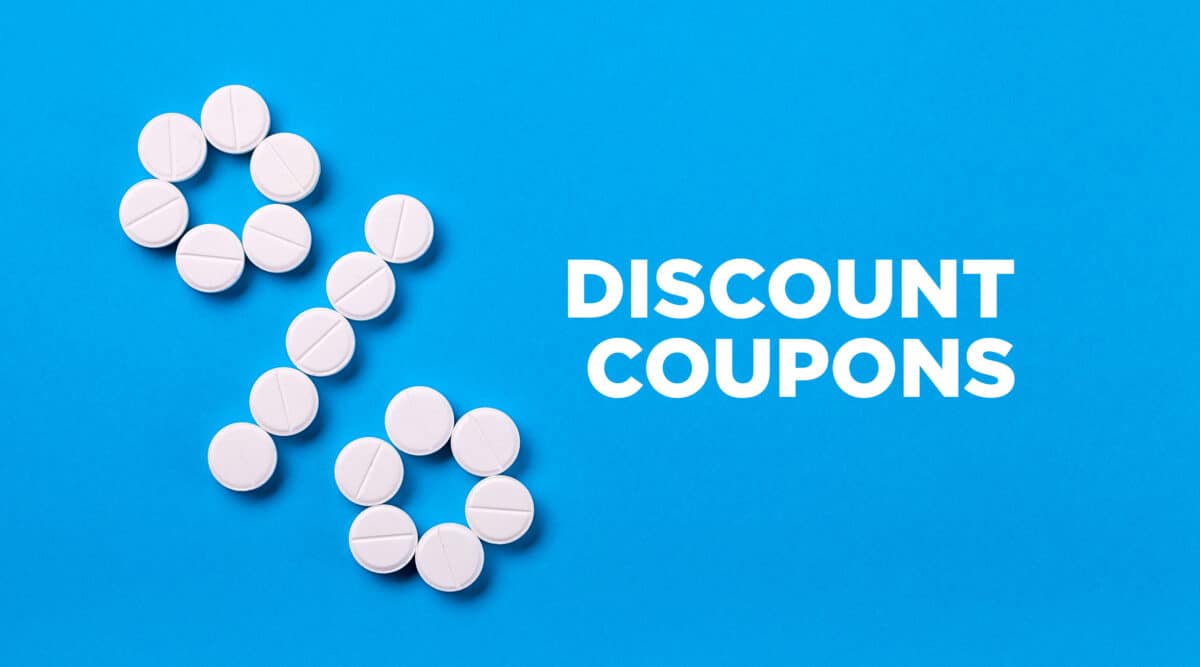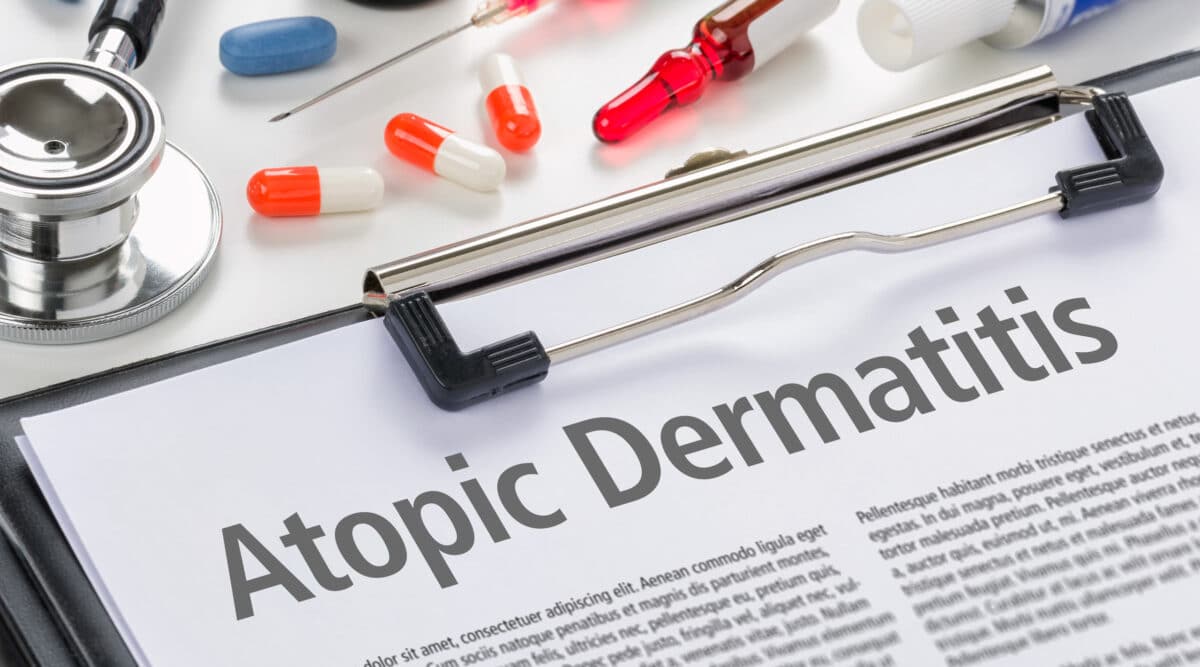Is it the new ‘must-have’ in specialty pharmacy?
So it would appear……it’s an accreditation in Rare Disease Pharmacy.
A couple of years ago it was bragging rights to be able to say, “My specialty pharmacy is accredited as a Rare Disease Pharmacy.” Well, the numbers are starting to swell, and may eventually dilute that differentiation if too many SPs jump on that band wagon.
A quick Google search popped up 10 SPs that now have the RARE certificate on their lobby walls (from URAC or ACHC). These include Orsini, PantherRx Rare, Soleo Health, Fairview, Accredo, Premier, Vanderbilt, Perform, and Chemistry Rx…. there are likely more. But the number of SPs that are in now process or planning on going the rare route might be more telling.
We have huge admiration for SPs that get accreditation. We’ve guided literally dozens of SPs going through the SP accreditation process….. starting as early as the mid-1990s. The designation is a demonstration of the commitment to quality that every payer and manufacturer has come to regard as a gold standard in the industry.
Manufacturers are more likely to be impressed with the extra accreditation since virtually ALL rare therapies are launched through exclusive or limited distribution. URAC’s web site includes the following as a key benefit of a rare disease accreditation…. “[It] Elevates contracting power, credibility and differentiation over competitors as payers and stakeholders are assured of organizational competency.”
Evernorth’s Accredo Earns URAC Rare Disease Pharmacy Center of Excellence Designation
BLOOMFIELD, Conn., Feb. 10, 2022 /PRNewswire/ — Accredo®, the specialty pharmacy subsidiary of Evernorth, Cigna Corporation’s health services business, was awarded URAC’s Rare Disease Pharmacy Center of Excellence designation. The URAC accreditation recognizes Accredo for demonstrating commitment to quality health services, patient safety and improved outcomes for patients living with rare diseases.
“The patients we serve are living with the most complex health issues and they deserve the highest quality of specialty care,” said Matt Perlberg, president, pharmacy businesses, Evernorth. “This accreditation is an important indicator of excellence and reflects our ongoing focus on improving health outcomes for patients with rare diseases.”
An estimated 25 to 30 million people in the U.S. suffer from a rare disease and approximately two-thirds are children. Accredo’s rare disease therapeutic resource center provides specialty pharmacy and in-home clinical care for patients living with 23 different rare diseases. The company’s care delivery team includes approximately 500 specialist pharmacists and 600 field-based nurses as well as social workers and dieticians. Accredo has already earned URAC Specialty Pharmacy Accreditation, effective through January 1, 2024.
“Pharmacies and related pharmaceutical services play a critical role in the health care delivery system now more than ever. Given the complicated nature of chronic disease, pharmacies like Accredo do much more than simply fill a prescription. As trusted experts at the frontline of care delivery, they often provide targeted patient support and education to ensure proper medication management,” said URAC President and CEO Shawn Griffin, M.D. “By achieving URAC accreditation, Accredo demonstrates excellence in quality care delivery and their long-term commitment to ensuring patient safety and improving outcomes.”











